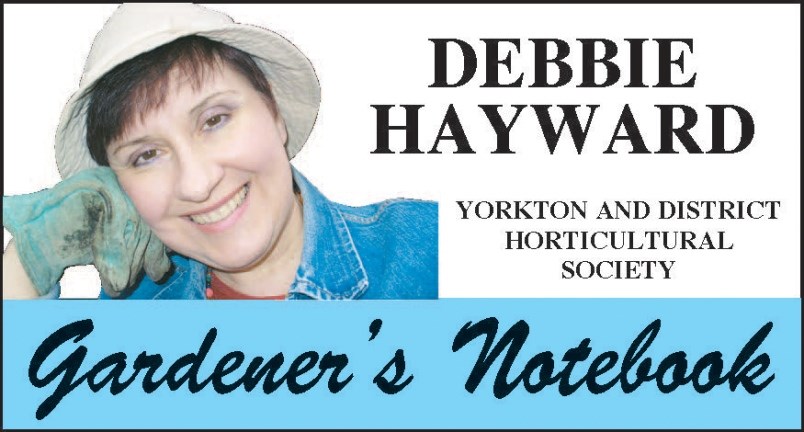Let’s talk trees. After seeing the broken trees following the storm we had a few weeks back, we realize how fragile they are, and how important proper tree placement is for the best life of the tree, and the safety of the homeowner. Some fallen branches caused more than regular storm damage and were perhaps the result of too many trees planted too close together, and when branches started to fall, they probably took down other branches with them.
While it is sad to see a healthy tree taken down, after growing for years, it is sometimes the only solution for a tree that has outgrown its space and has become a hazard to home and homeowner. I was curious to learn about tree spacing and height in a regular city lot. There was lots of information, but I learned this main point: a tree should never dwarf a house. And as to the amount of full size trees in a yard, one article from the University of Missouri said that “Medium and small trees tend to be more in scale with modern low homes and therefore are more in demand. Medium-sized trees can be planted 15 feet from the house and generally 35 or more feet apart. Small trees, such as the flowering dogwood, may be planted as close as 6 feet from the house and about 20 feet apart.”
These numbers and measurement are a simple example of spacing, and an easy guideline to illustrate that if we have five or six or seven or more large trees in a space that might be half of a regular city lot, it’s too many. And the May storm gave us a graphic example of the damage that lurks by overcrowding.
So now: the question of finding the right trees for our yards. The U of S recently offered a great online session with Sara Williams talking about trees and shrubs for the urban landscape. Sara is a simply marvelous speaker, and so knowledgeable about all things horticultural. She had a full list of trees and shrubs suitable for any space, listed by size at maturity, and there were plenty that would be considered mid-size trees and suitable for many yards. There is certainly no shortage to choose from.
Other tree lessons I did some homework about the value of trees in our home landscape. Trees give our homes a settled and inviting look, and are an asset not only to the homeowner but the entire neighborhood as well. A front yard without trees or shrubs makes the house look unfinished, as if it is floating, and just got dropped down from the sky. Trees that are planned out and properly placed can save us AC costs in the summer with their shade, and heating costs in the winter by blocking out wind.
And guess what? Trees increase the value of our property. Good-looking, established trees and nice landscaping not only has great curb-appeal but can increase property values up to twenty percent. Yards that have nice landscaping, including trees, sell more quickly than yards that don’t.
And we know all the other benefits of trees; shade, beauty, privacy, clean air, habitat for birdlife (imagine your neighborhood without birdsong, pretty bleak). So after the tree trauma we had recently, it shows us that if we are planting trees, make careful choices, take care where they are planted, and they will reward us with many great things.
The Yorkton and District Horticultural Society invites you to check our website at www.yorktonhort.ca Thank you to our friends at Yorkton This Week for their continued excellence in bringing us local news. Let’s pray for health for all and good gardening weather ahead. Have a great week!




